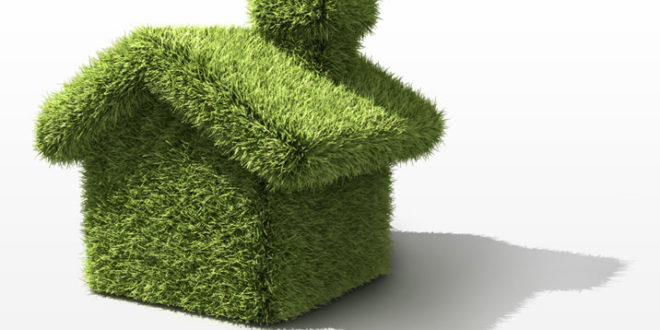In 2020, the average person consumed about 10,715 kilowatt-hours of electricity. Using electricity burns fossil fuels which contribute to global warming. It can also run up your utility bills. So, here are some ways you reduce your energy consumption this spring.
1. Turn Your Ceiling Fans the Opposite Way
Have your fans turn counterclockwise so they push the cool air down. Then as the weather warms, you run your air conditioner less, conserving energy. In fact, the average system uses about 3000 to 5000 watts of power.
Add a ceiling fan if you have an outdoor area, such as a screened-in porch. For an outdoor space without a covering, plant trees to provide shade. Then in the winter, remove some of them with a stump grinder to get more sunlight. A stump grinder allows you to use the wood chips as mulch for your garden.
2. Clean Air ducts and HVAC Vents
Clear the dust and dirt from your air ducts. When they are clogged, the system has to work harder, using more energy. Also, too much dust can lower your indoor air quality.
To clean your ducts, follow these steps:
- Take out the vent covers and wash them.
- Cover the opening with a paper towel.
- Use a handle of a brush to knock the dust loose.
- Vacuum up the debris.
- Change the air filter.
- Replace vent covers.
Keep in mind you want to change your HVAC filter at least every three months. In addition, have your system serviced regularly.
3. Seal Leaks
Air can leak from gaps between your windows and doors. This then lets cool air out, causing your air conditioner to run more often. So, you end up using more energy and raising your bills. So, seal them through caulking or weather-stripping. Before starting the project, determine the type of caulking material you need. Acrylic latex is good for general purposes, and silicone is better for high moisture areas.
4. Add Window Treatments
To reduce the amount of sunlight coming inside, hang blinds or shades. This can keep your interior cooler so you can lower your air conditioner. Consider using blackout or lined drapes. You can play with bolder colors; just ensure it matches the rest of the decor.
Suppose there is enough room in your budget. Consider upgrading to more energy-efficient window treatments, such as energy-star-rated ones. Also, find Low-E glass or are double-paned casements.
5. Install Energy-Efficient Appliances
Invest in energy-star rated appliances, which use about 10% to 50% less energy. Some products, such as dishwashers, also conserve more water. You can pair these with smart devices for more savings. For example, smart thermostats can lower your heating bills and keep your home at a comfortable temperature.
Here are some more smart devices you can add:
- Refrigerators
- Video doorbells
- Speaker
- Security Camera
6. Switch to LED Bulbs
These use 75% less energy than incandescent bulbs. They also have a longer lifespan and emit very little heat. So, you can conserve energy and save money on repairs.
Here are a few more benefits of using LED bulbs:
- Good for the environment
- Can operate in cold conditions
- Better design flexibility
- Low voltage operation
- Dimming capabilities
Remember to turn off the lights to conserve even more energy when you leave the room. For those who love technology, smart lights can also improve your energy efficiency. You can control the light settings remotely from your phone.
7. Cook Outside
During spring is the perfect time to enjoy your outdoor grill. Throw on some burgers or chicken and enjoy some quality outdoor time with your family. You can even turn it into a barbeque party and invite over friends or family.
While socializing, you’ll take in plenty of vitamin D, which helps absorb calcium. Cooking outside also gives your indoor kitchen appliances a break. So, you’re saving money and energy in the long run.
Tips for Increasing Your Energy-Efficiency
Saving energy is good for the planet and your wallet. There are many ways you can start conserving energy as the weather heats up. So, try these tricks to reduce your carbon footprint this spring.



